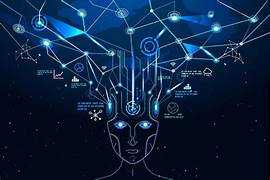Introduction
Artificial intelligence, or AI for short, is a term that has been around for decades. Despite its recent prevalence in the media and popular culture, many people still have misconceptions about what AI really stands for and how it works. Many people try to explain it for themselves but fail, it is much more complicated than just a definition.
At its core, AI refers to the ability of machines to perform tasks that would normally require human-like intelligence such as perception, reasoning, learning from experience and decision-making. The term “artificial” implies that these abilities are not innate but rather created by humans through programming and training algorithms using large amounts of data.
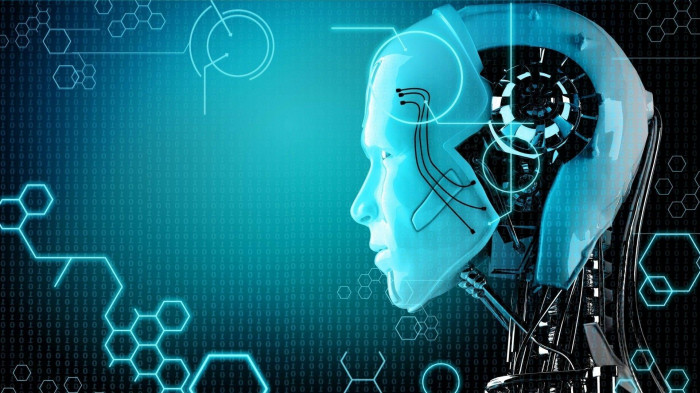
What is an AI?
AI, short for Artificial Intelligence, refers to the ability of machines to perform tasks that mimic human intelligence. This technology has proven to be incredibly useful, offering efficiency and accuracy while reducing the potential for errors. Basically, an AI should follow the steps to completing a task the same as a human should but with better accuracy and efficiency than a human (and lẹss cost).
Learn more about AI in our other post: https://viewabreast.com/what-is-an-ai/
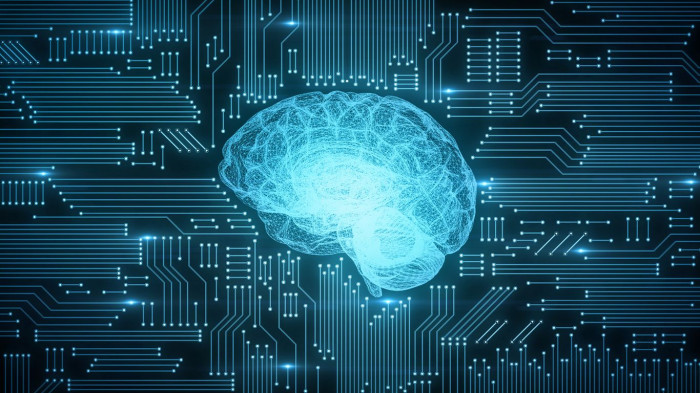
Classification
AI can be broadly categorized into two types: narrow (or weak) AI and general (or strong) AI. Narrow or Weak AI is designed to carry out specific tasks such as image recognition or language translation within set parameters while General or Stronger Ai aims at replicating all aspects of human-level intelligence which includes emotions too.
One example of narrow or weak AI is voice assistants like Siri on Apple devices or Alexa on Amazon’s Echo smart speakers which use natural language processing techniques to understand spoken commands and provide relevant responses. Another example could be self-driving cars where machine learning algorithms enable vehicles to recognize objects in their surroundings with great precision allowing them to navigate roads safely without any driver intervention needed.
On the other hand, general artificial intelligence aims at creating machines capable of performing a wide range of cognitive tasks just like humans do including emotional intelligence which involves understanding emotions both in oneself and others around you.
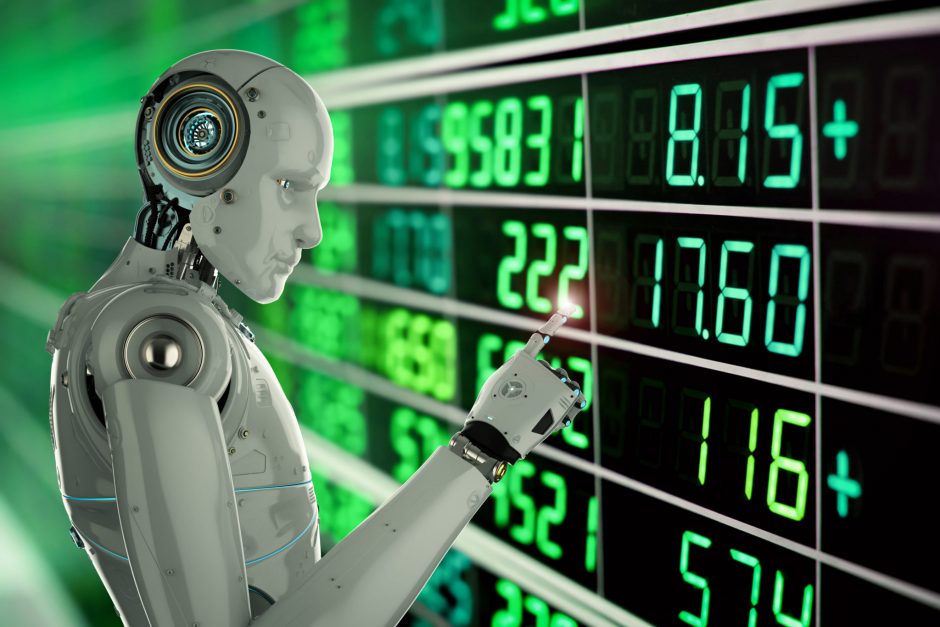
While we’re still far away from achieving true General Artificial Intelligence given current limitations related mainly due high computational requirements required for training models over vast datasets however researchers worldwide continue exploring new approaches towards this end goal while also finding ways they can further improve existing systems by making them more efficient & effective than ever before.
History and Development
The history behind artificial intelligence dates back several decades ago when scientists first started developing computer programs aimed at simulating human thought processes called Expert Systems which were used primarily for specialized fields such as medicine, engineering or finance. However, these early attempts to develop AI were limited in their capabilities and lacked the ability to learn from experience.
The breakthrough for modern AI came with the development of machine learning techniques which enabled algorithms to analyze large datasets and identify patterns that could be used to make predictions or decisions based on new data input instead of being programmed explicitly by humans.
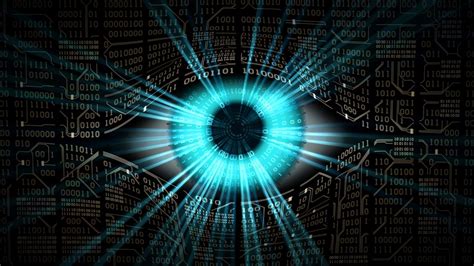
Machine Learning and AI
Machine learning can be further classified into three types: supervised learning, unsupervised learning and reinforcement learning. Supervised Learning involves training models using labeled examples while Unsupervised Learning involves creating models without any labels through clustering techniques such as k-means algorithm where similar data points are grouped together based on similarities between them. Reinforcement Learning is a bit different whereby an agent learns how best it should act within an environment by receiving feedback signals called rewards whenever it makes good choices.
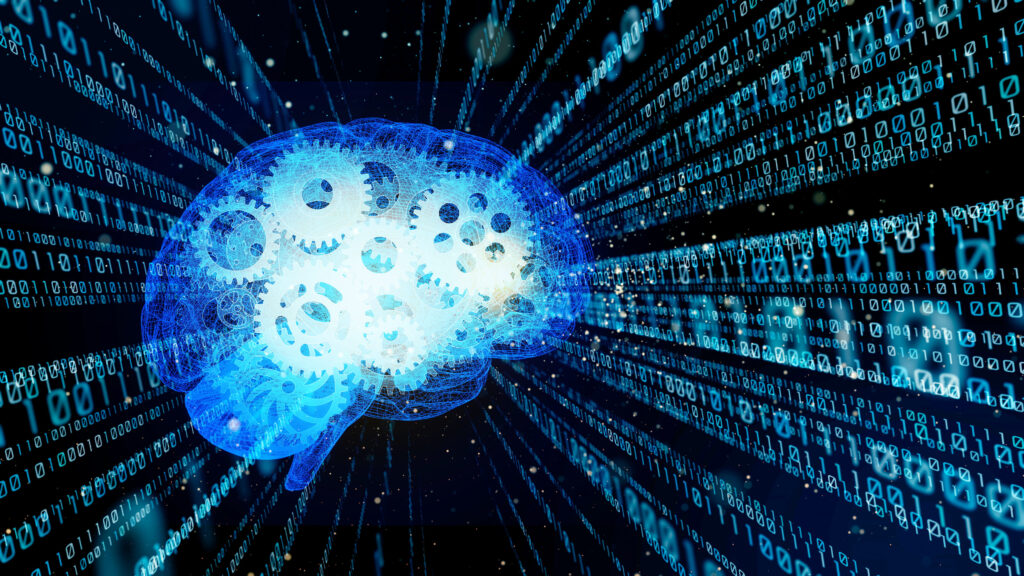
Examples of How You can Use AI!
Today, AI has become a driving force behind many technological advancements across various industries including healthcare (medical imaging analysis), finance (fraud detection), education (personalized tutoring) etc.. With rapid developments ongoing in natural language processing technologies like GPT-3 & DALL-E we’re seeing increasing possibilities emerge for machines capable of understanding human languages even better than before thereby opening doors towards more efficient customer service interactions among other things too!

Conclusion?
In conclusion, Artificial Intelligence refers to the simulation of human-like intelligence abilities in machines through programming and training algorithms using vast amounts of data. While there are still challenges related mainly due high computational requirements required for training models over vast datasets researchers continue exploring new approaches towards achieving true General Artificial Intelligence while also improving existing systems making them more efficient & effective than ever before!
OpenAI’s DALL-E Website: https://openai.com/dall-e-2/
OpenAI’s ChatGPT Website: https://chat.openai.com/
Want more awesome content? Check our article page: https://viewabreast.com/blog/
Learn more about AI: https://viewabreast.com/what-is-an-ai/
Discover the development and history of AI: https://viewabreast.com/what-is-the-history-and-development-of-ai/

